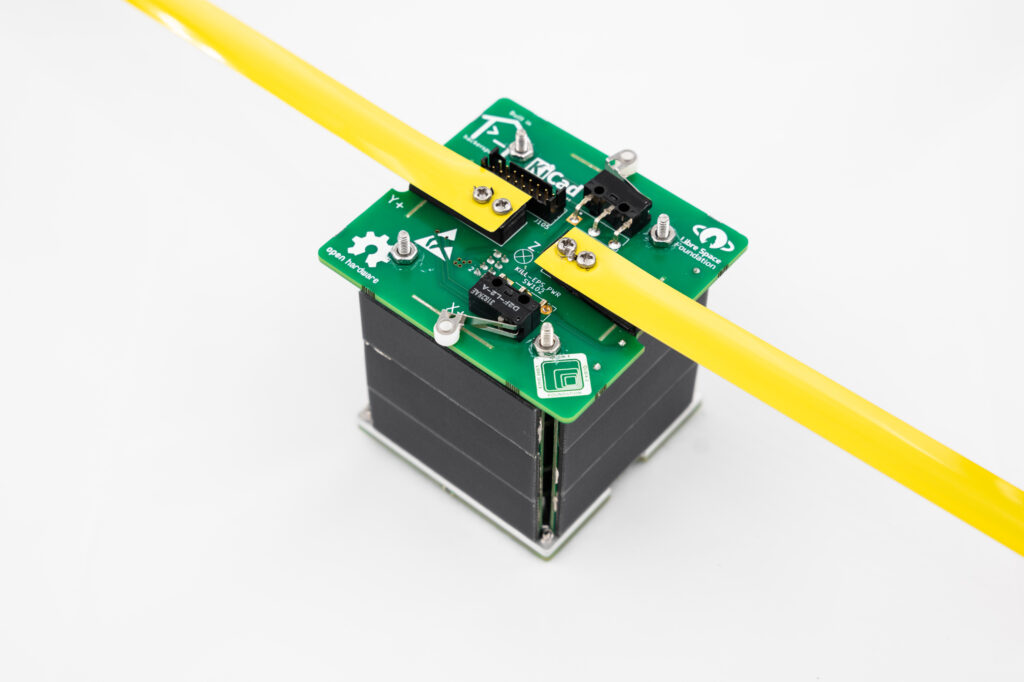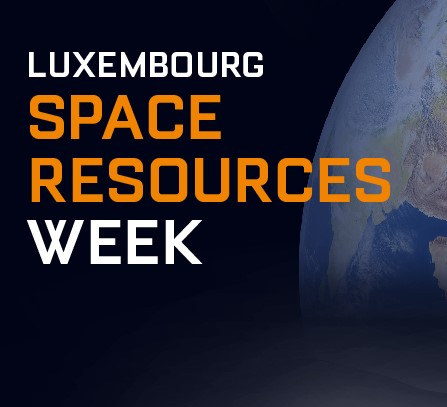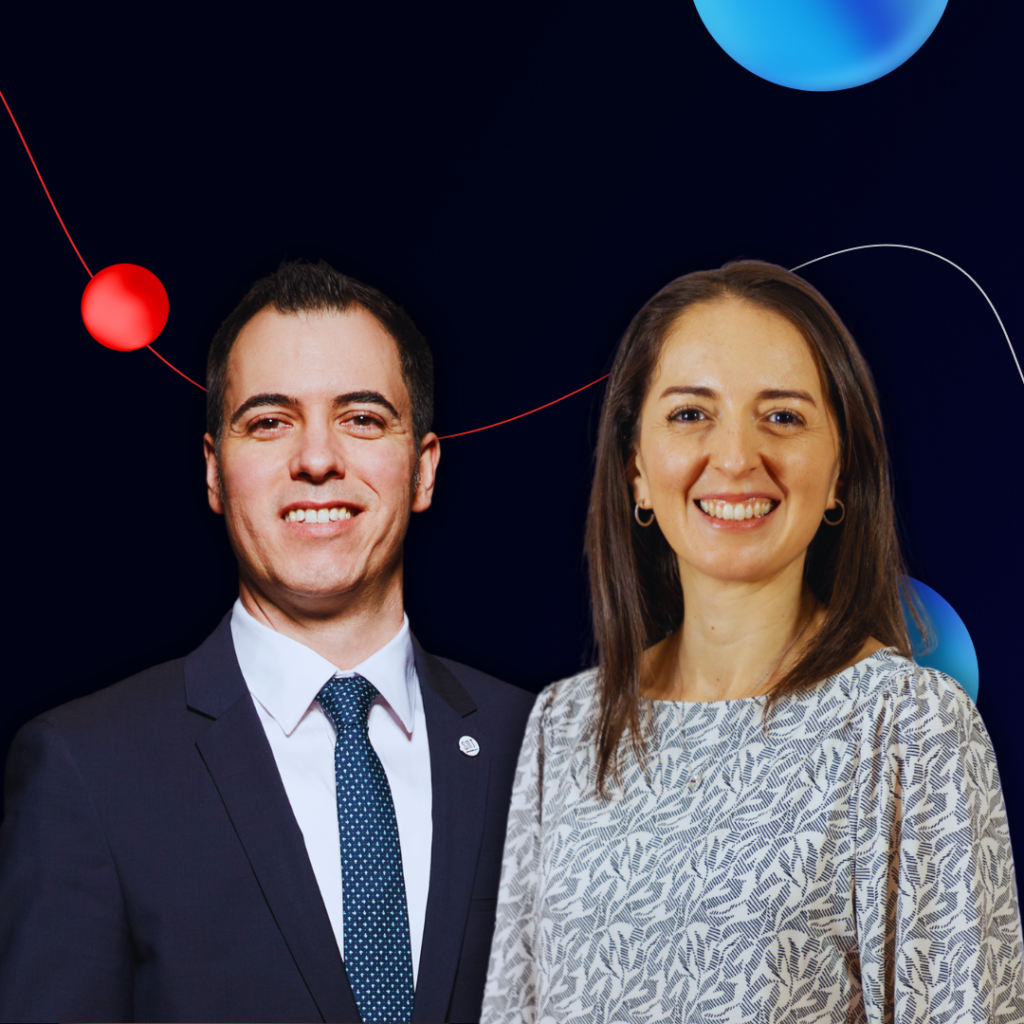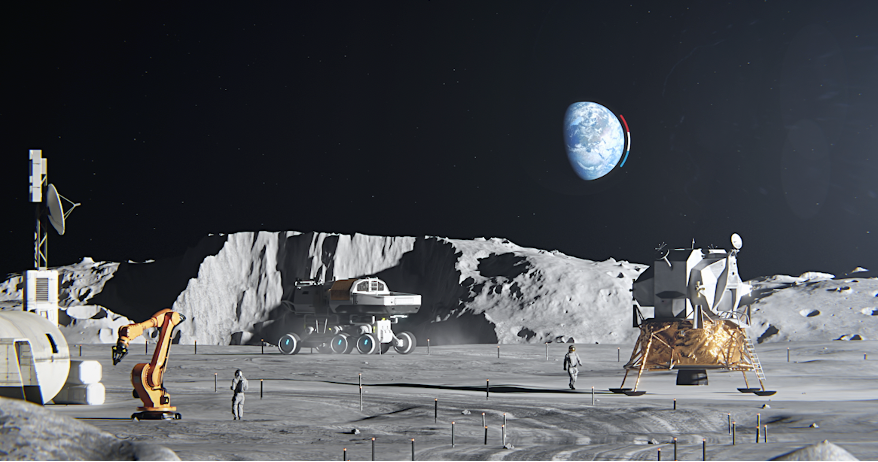AI4Space: A first Research Luxembourg experiment in space
14 June 2023

In-space machine learning experiment
For the first time, Luxembourg researchers have launched their very first own in-space experiment called AI4Space. This project will test machine learning algorithms to detect temperature anomalies in satellite systems in a more advanced way than is currently done.
On 12 June, the Interdisciplinary Centre for Security, Reliability and Trust (SnT) of the University of Luxembourg launched AI4Space, its first very own in-space experiment. Hosted on a Skykraft satellite, the SnT system departed from the Vandenberg Space Force Base onboard a SpaceX rocket. The host satellite is currently enroute to its final destination in Low Earth orbit, where it will be deployed and tested before kickstarting SnT’s experiment.
Detecting satellite’s anomalies with machine learning
Developed by a team of researchers in the Space Systems Engineering (SpaSys) and the Computer Vision, Imaging and Machine Intelligence (CVI2) research groups, AI4Space will test machine learning algorithms to detect temperature anomalies in satellite systems in a more advanced way than is currently done.
Within this joint collaboration, SpaSys focused on hardware design, development and integration following the principles of lean management, and initiated the development of machine learning algorithms for anomaly detection and code deployment. The CVI2 group contributed its expertise in machine learning to train the anomaly detection algorithm, and deploy it on an edge device. The hardware, which has been mounted on the small satellite, consists in a 10 x 10 cm circuit board with sensors, resistors, infrared cameras to measure temperature and an onboard computer to process the algorithms.
The experiment is especially relevant for the space industry, but its applications are far-reaching. In fact, measuring the temperature of a satellite – or any electronic device – is a reliable way of monitoring its health.
To make an analogy with the human body, it’s like taking the temperature as well as the pulse of a person. And while absolute values are important, any variations in temperature in time can tell us something key about the satellite’s health.
Dr. Jan Thoemel, Head of the CubeSatLab at SnT
Traditionally, these measurements have always been based on an out-of-range method: as long as the temperature kept below a certain threshold, the satellite was considered to be in good health. “However, something might be going wrong in the interplay of some components well before the limit temperature is reached,” adds Thoemel. “Our experiment uses machine learning algorithms to detect complex patterns in the temperature changes that can reveal a problem in real time before it leads to major fault,” he explains.
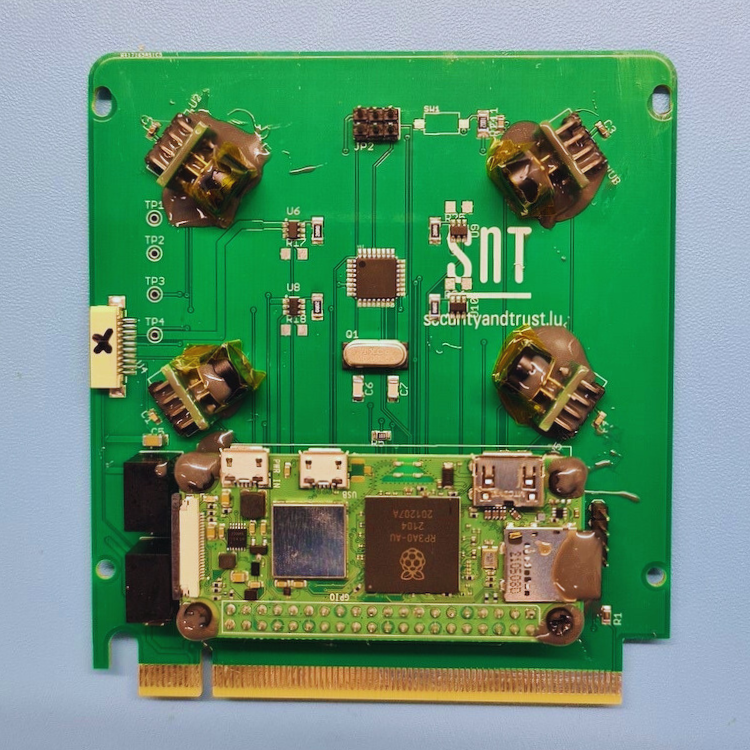
The joint SpaSys-CVI2 team is composed by Dr Jan Thoemel, Konstantinos Kanavouras, Prof. Andreas Hein, Prof. Djamila Aouada, Dr. Arunkumar Rathinam, Dr. Leo Pauly, Dr. Miguel Ortiz del Castillo, and Maanasa Sachidanand. Ortiz del Castillo and Hein initiated the AI4SPACE project conception, and the team started working in early 2022. The development of the circuit board, including assembly and testing, was carried out in the clean cabin of SnT’s CubeSatLab – as well as on the machine learning algorithms on the onboard computer. In January 2023, the system was carefully shipped to Australia, where it was mounted on the Skykraft satellite.
Thermal anomaly detection is applicable to all satellite platforms ranging from small CubeSats to large communication satellites. The machine learning algorithm deployed on board was designed to be efficient on low computation hardware to perform real-time onboard anomaly detection.
Dr Rathinam
An iterative development methodology
Designing any experiment requires being ready to overcome unknown challenges – especially in space, where there is no room for failure. “We developed AI4Space according to the principles of lean management, working on incremental improvements in efficiency,” adds Thoemel.
On the technical side, the experiment was developed in an agile way: we split the development schedule into multiple quick iterations that included joint design of hardware and software. This allowed us to test and improve AI4Space based on real-world results.
Konstantinos Kanavouras
“Our approach, including hardware implementation from the very beginning to iteratively address both theoretical and practical challenges proved to be successful: we completed the system on time and within budget, and could accommodate with ease late changes in schedule and technical interfaces,” adds Thoemel.
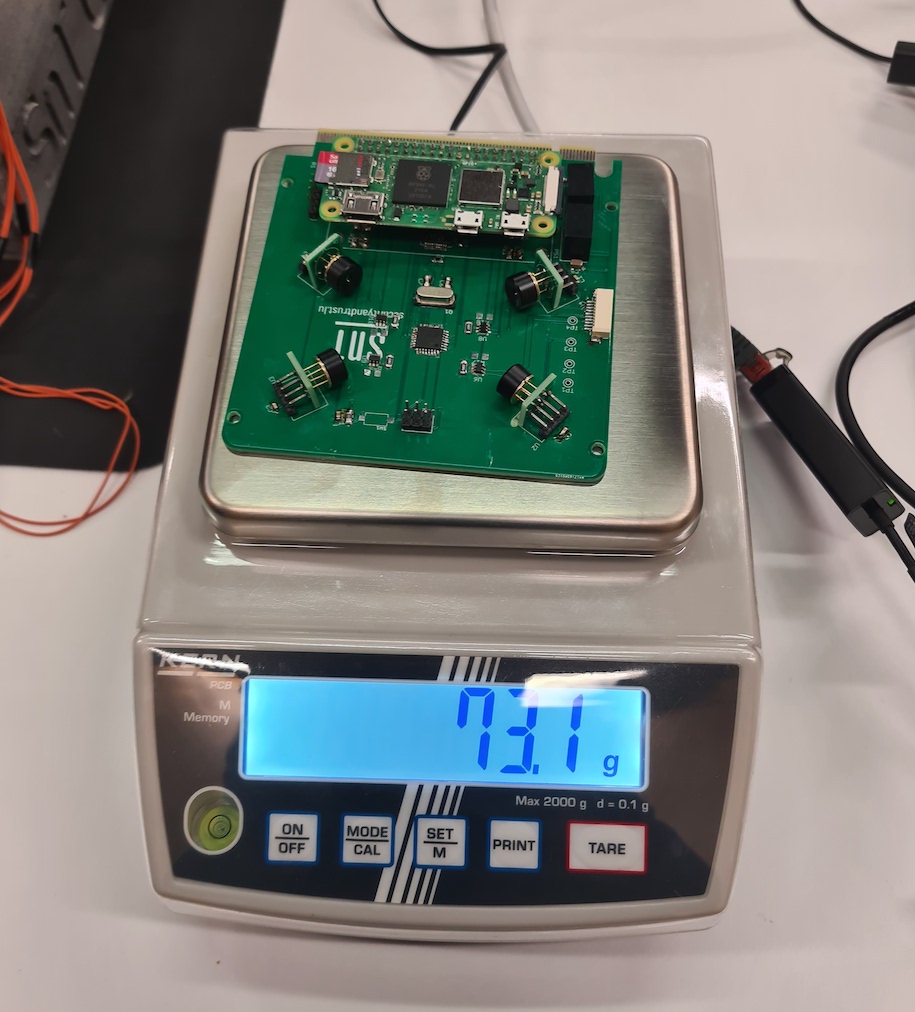
The development methodology is especially important for future applications of this technology, as satellites in Low Earth orbit communicate with Earth three to four times per day; the rest of the time, they need to operate in an autonomous manner. Having a satellite autonomously detect an anomaly before it becomes a problem, and empowering it to solve it, means extending its lifetime all while minimising the degree of supervision needed.
The AI4Space experiment has the goal of refining the algorithm detecting the anomalous patterns in temperature. The researchers are now getting ready to start operations, producing commands and downloading data. “We will analyse the data and the results of the on-board anomaly detection, and disseminate them for everyone to use. We are also considering retraining the algorithm to further improve on-board anomaly detection,” concludes Thoemel.


